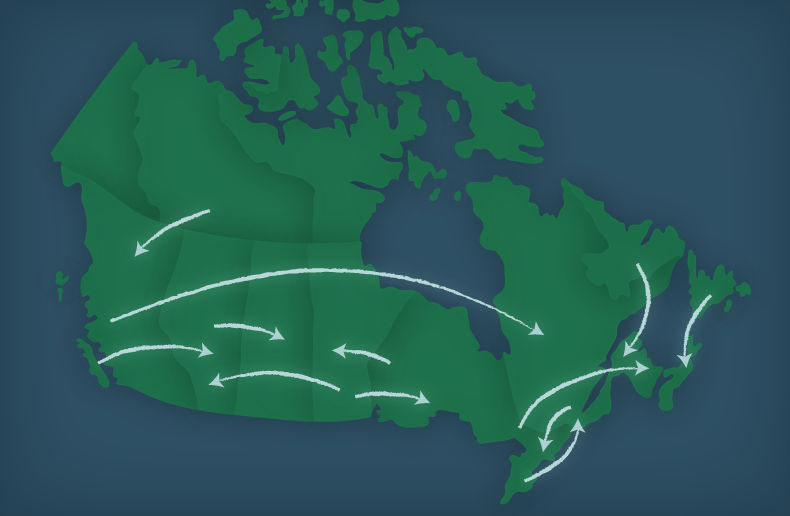This article complements our coverage of the Connected Insurance Canada 2019 event, which you will find in the October 2019 edition of the Insurance Journal. Subscribe today by clicking here!
Insurance companies are coming up with innovative ways to discover hidden patterns of financial crime like fraud, the Connected Insurance Canada 2019 conference in Toronto was told in September.
Amir Sepasi, lead data scientist, Group Advanced Analytics, at Manulife said fraud is estimated globally at more than $1 trillion for all industries.
Banks alone have paid $372 billion in penalties during the last 10 years, a number that has companies like Manulife and the rest of the insurance industry concerned.
Closer to home, a recent report from an expert panel in British Columbia said more than $7 billion in dirty money was laundered in that province alone in 2018.
Sepasi said current technologies to draw out fraudsters are rule-based, so companies have limited capabilities in terms of finding sophisticated patterns for fraud or money laundering. Among other limitations is the fact that many companies and industries lack a holistic view of customers.
But Sepasi said companies must go above and beyond rule-based technologies and investigate the links that can be found in data points companies already have.
“All these databases, all this information, are somehow connected,” he said. “This is going to be very important in coming years – how these different data points are connected. If you are not looking into those connections you are basically leaving money on the table.”
Leveraging data
He said insurers can leverage data to provide additional insights and find the hidden patterns in the information by plotting the information on graphs – data like client email, address, phone numbers and insurance policies.
Using graphs makes it easier to detect connections between data elements. By using graphs and algorithms to detect customers who are similar, insurers can more easily identify fraud, he said.
Manulife has created an app, known as AAA, which can help track suspicious policies or transactions. As an example, Sepasi said the app discovered that three people who shared the same address also used the same credit card and had identical phone numbers – all signs of possible fraud.
“Fraudsters tend to work in a group so this can be very powerful technology that can enhance technologies. But in terms of moving toward that, of course, it’s going to be a journey, it’s going to be a new technology for the organization.”







